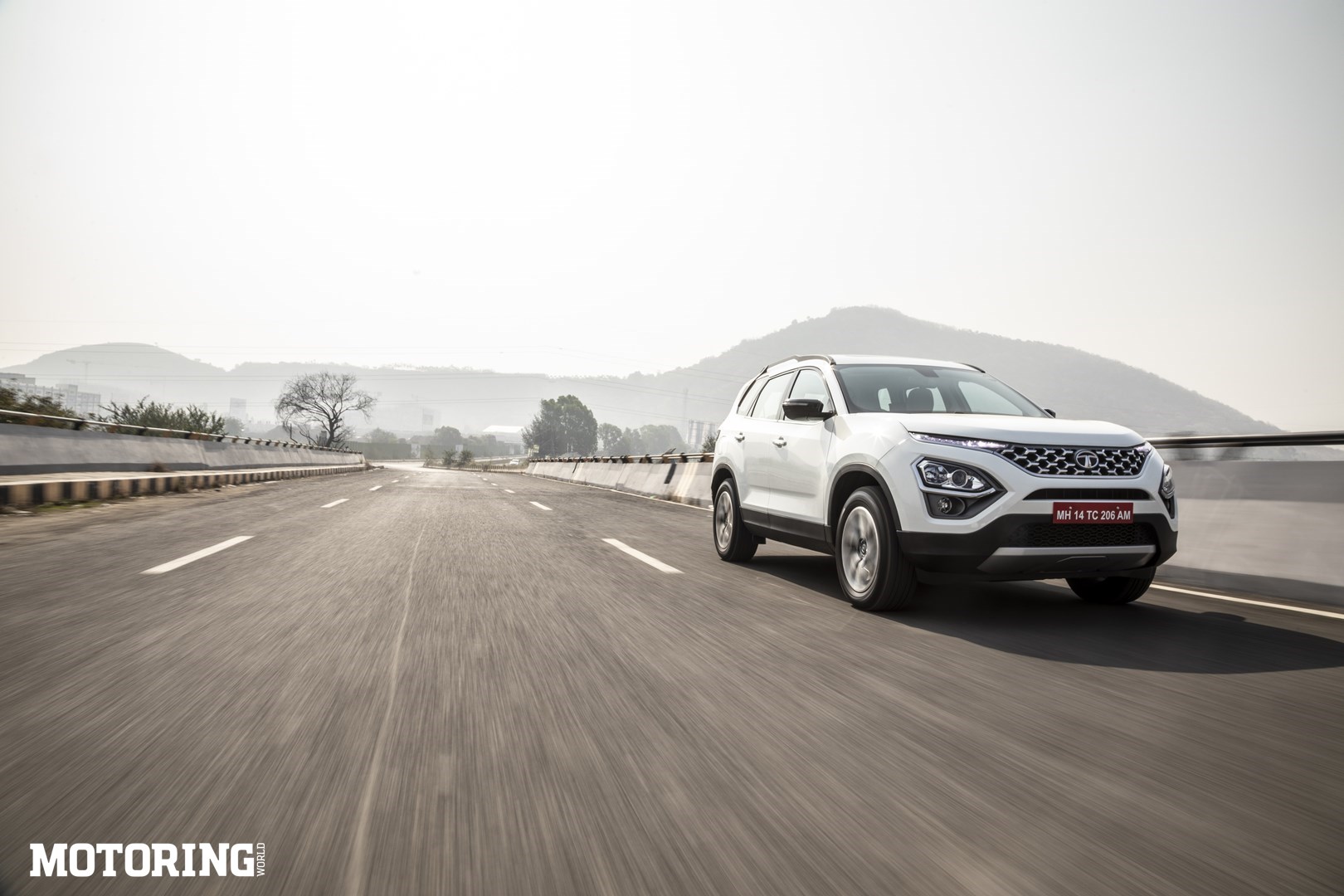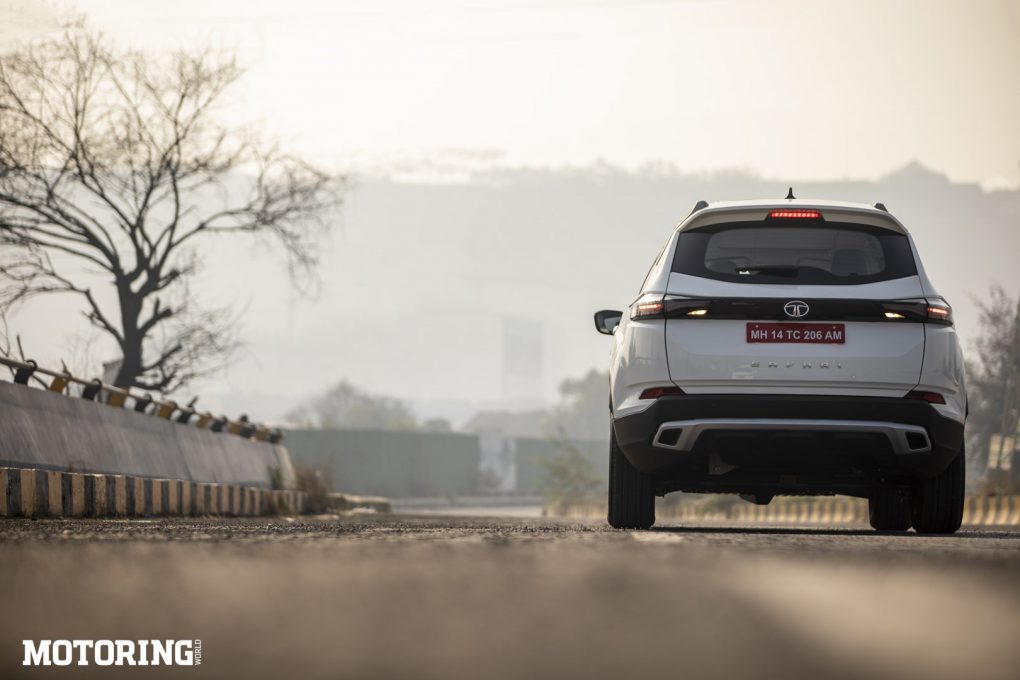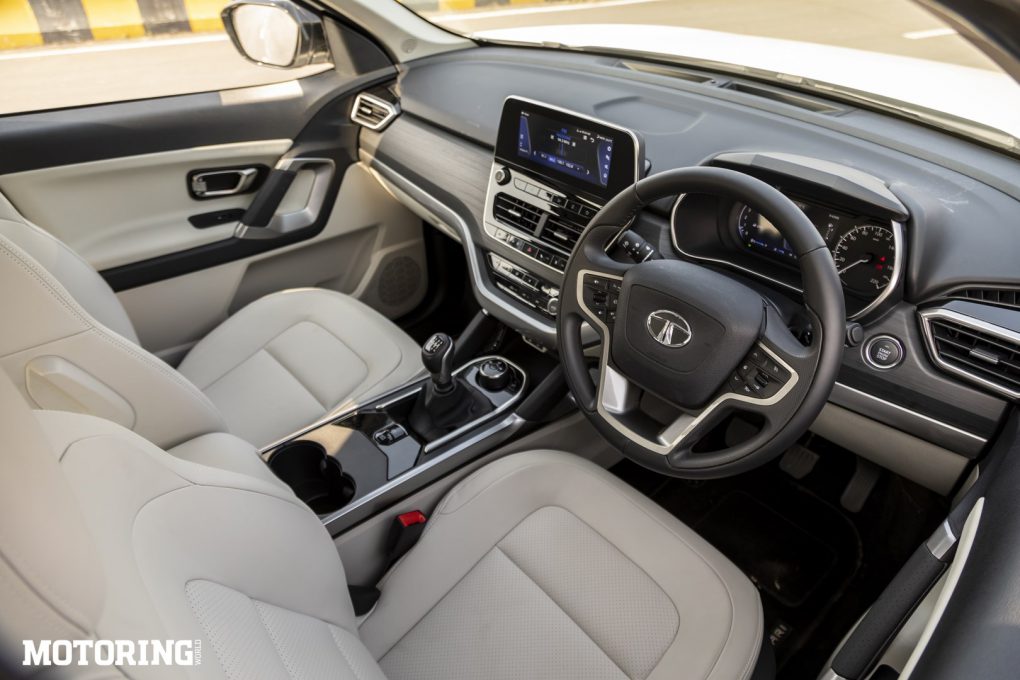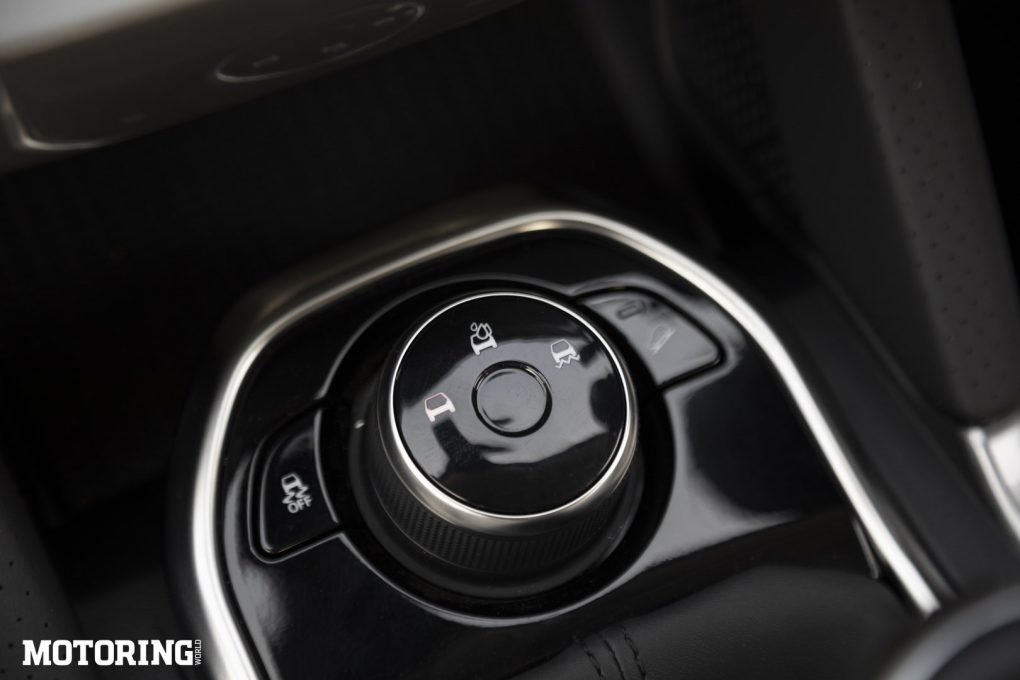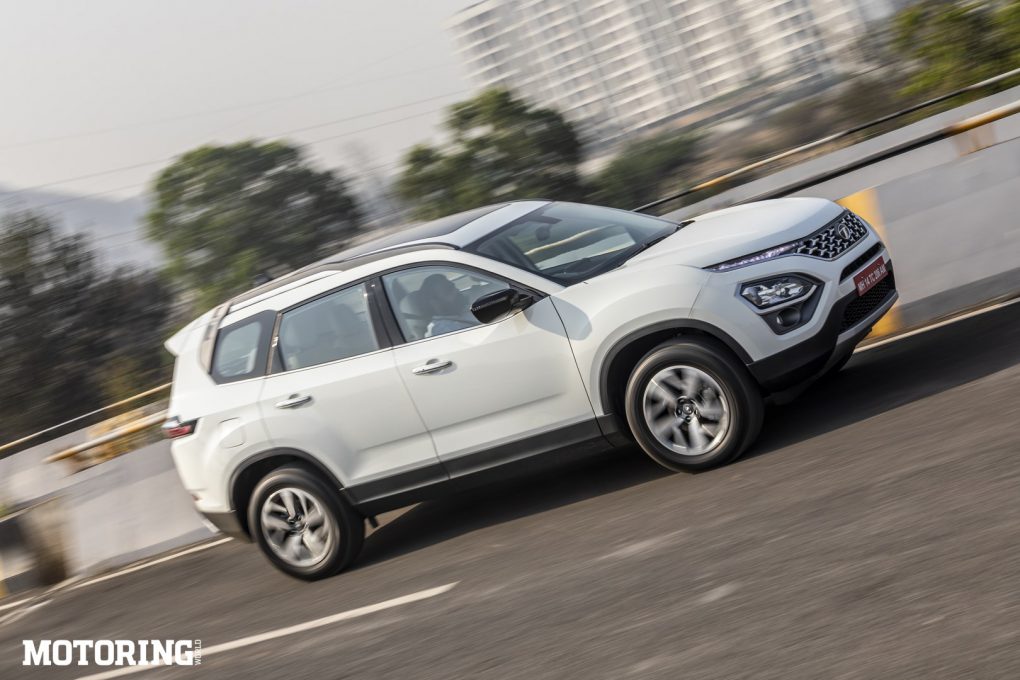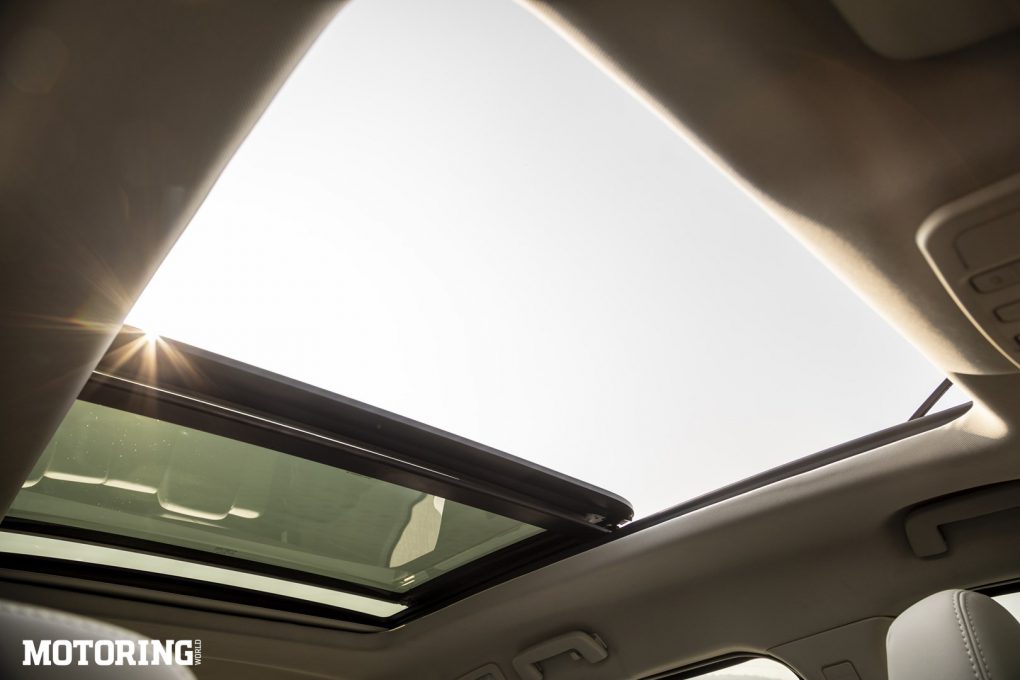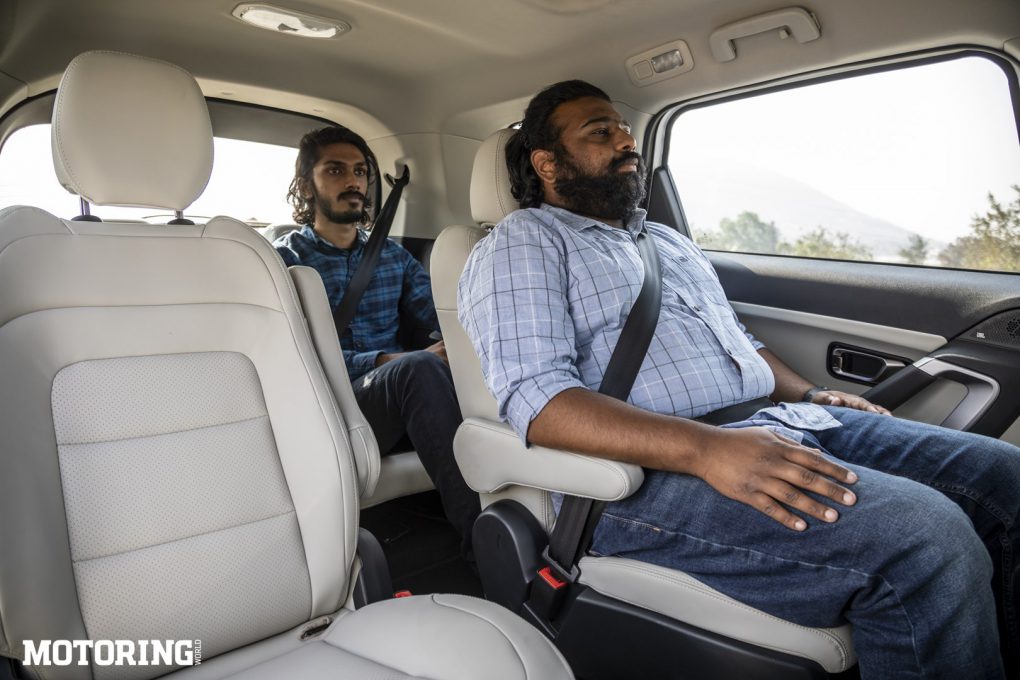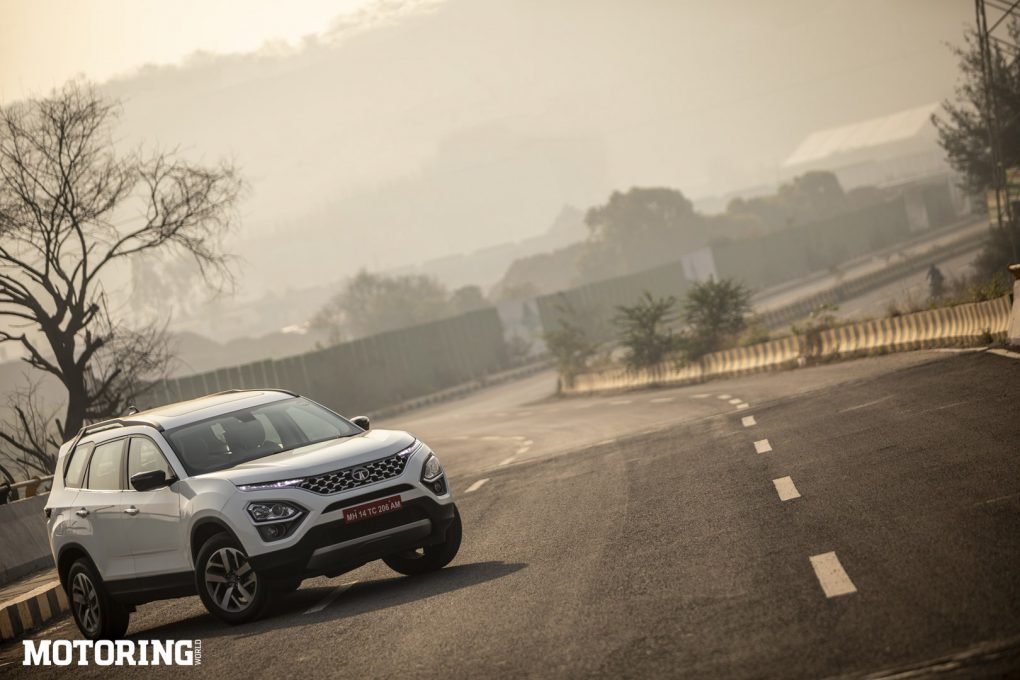What is it?
It’s the return of the legendary Safari name to Tata’s line-up. Mind you, the new Safari is as far removed as a car can be from the previous generation Safari. The body-on-frame SUV with four-wheel-drive gives way to a modern front-wheel-drive monocoque. Essentially, it’s a three-row version of the Tata Harrier. Is that a good thing? Read on to find out.
How does it drive?
The Safari is underpinned by Tata’s OmegARC platform, similar to the one the Harrier is built on. Power for the Safari comes from a Fiat-sourced 2.0-litre diesel engine making 167 bhp and 35.3 kg-m of torque. You can either have it with a 6-speed manual or a 6-speed torque-converter automatic. No matter which variant you choose, you can still get drive modes and an electronic parking brake with auto-hold functionality. Now that we’re done with the facts and figures, I can tell you that the engine provides a smooth wave of torque that propels the new Safari along. The automatic transmission has well-spaced ratios and makes conquering city traffic a breeze in the Safari. In the manual transmission version, however, while the clutch is forgiving, you’ll still think twice before heading into crawling traffic. In both versions, the auto-hold function takes some stress away from city driving for sure.
The Safari comes with Eco, City and Sport drive modes and a few terrain modes as well, but without the option of all-wheel-drive, these modes only change throttle and traction control maps. The car is most responsive in Sport drive mode, obviously, so that is what I drove in the most. Surprisingly, there wasn’t a huge hit to the fuel economy despite me pinning the throttle at every chance I got.
On the move, the Safari’s suspension soaks up everything our roads could throw at it, leaving me to believe that it would do well on some mild off-road trails with the right technique. And for a three-row SUV, the handling isn’t too bad either. There’s plenty of body roll, but there is also corresponding grip from the 18-inch tyres. The steering effort is light at low speeds and it doesn’t weigh up sufficiently as the speeds increase though, which takes away some of your confidence as the speeds rise.
Does it live up to the Safari name?
It depends on what the Safari name means to you. To me, it means road trips with the whole family in tow, and this new car definitely delivers on that. I got to drive the 6-seater Safari with the captain seats in the middle row and I can confidently tell you that I’d be comfortable sitting in any of the three rows over a long drive. All but the very last row of seats have excellent lumbar and under-thigh support. The stepped roof also offers excellent visibility, so you never feel claustrophobic in the back.
Now, there is a slight problem though. With the car fully loaded, there isn’t much space behind the third row of seats to put much luggage. Just pack light on your cross-country expeditions and you’ll be fine, I think.
Should I buy one?
When it launches, the Safari is expected to be priced about Rs 1 lakh above the Harrier. For that price, you get an SUV that has a properly usable third row and is comfortable enough to ferry you and your family across the country. The Safari will see newer competition from Mahindra and Hyundai later in the year, but right now, it’s a pretty formidable option.





